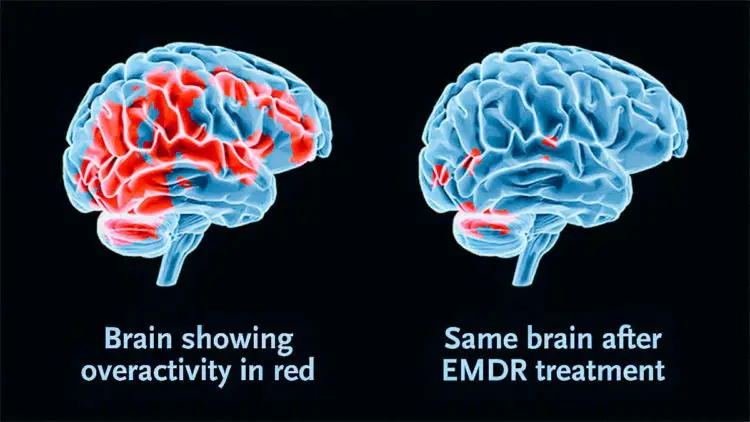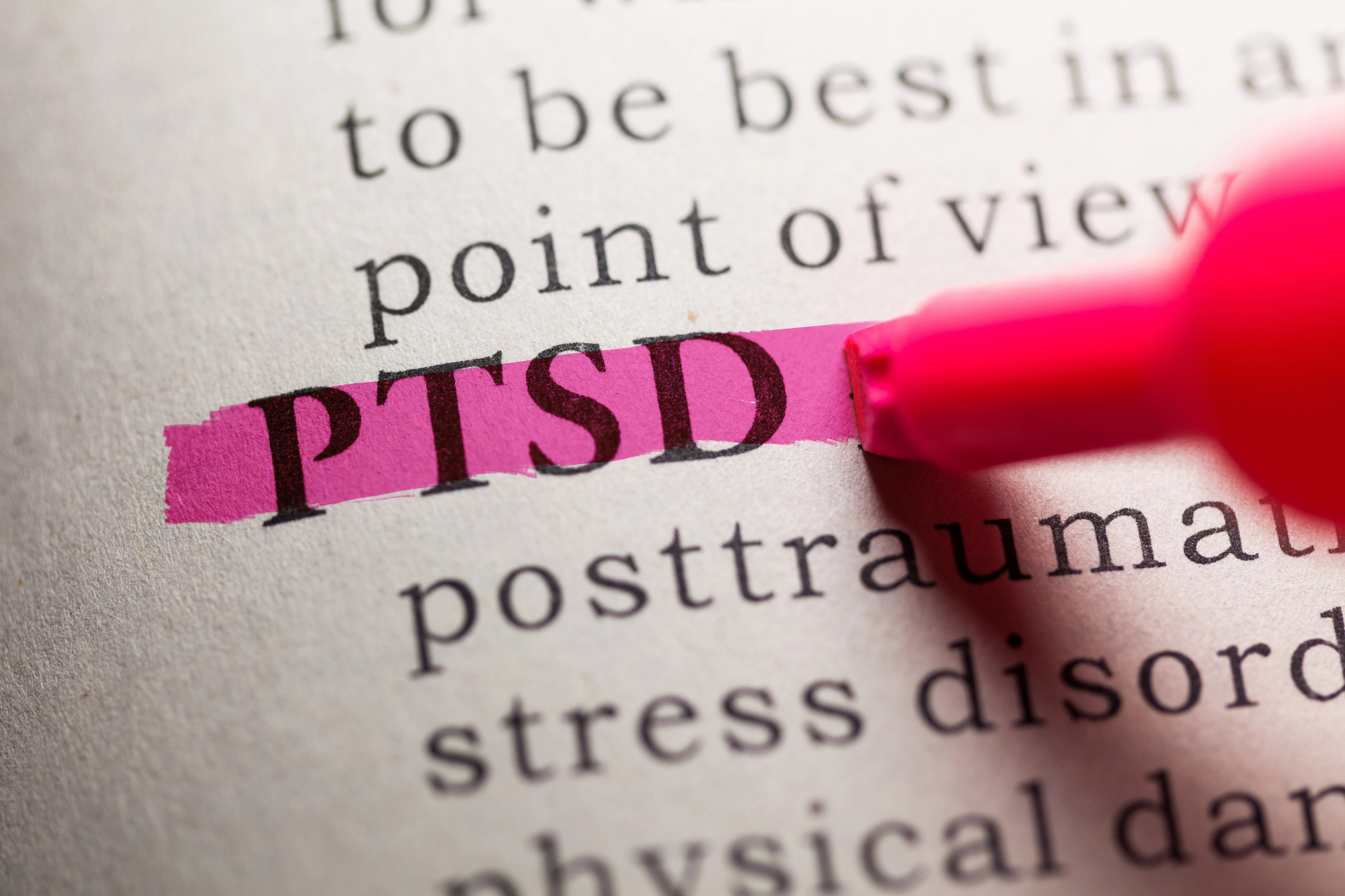Trauma-Focused Therapy for Adults: Everything You Need to Know
Trauma-Focused Therapy for Adults: Everything You Need to Know

Trauma-focused therapy for Adults is a specialized form of therapy aimed at helping individuals process and recover from traumatic experiences. Trauma can have a profound impact on an individual’s mental, emotional, and physical well-being, making it crucial to address these issues, especially in adulthood, when they can affect various aspects of life, including relationships, work, and overall quality of life.
Addressing trauma in adulthood is crucial for building resilience, improving mental well-being, and enhancing one’s capacity to lead a fulfilling life. Unresolved trauma can manifest in numerous ways, such as anxiety, depression, or even physical health problems. Therefore, understanding and implementing practical therapeutic approaches is vital for long-term recovery and well-being.
This article, “Trauma-Focused Therapy for Adults: Everything You Need to Know,” provides a comprehensive overview of trauma-focused therapy, its importance, and the various methods used to help adults overcome their traumatic experiences. This article aims to provide readers with the knowledge necessary to find the right help and support for trauma recovery by exploring various therapeutic techniques and their benefits.
What is Adult Trauma?

We’re all probably familiar with the word trauma, but what is it referring to? Trauma is the experience of emotional, psychological, and physiological distress due to an event or occurrence that is difficult to cope with. Licensed professional counselor Kelly O’Horo states that “trauma is anything we weren’t prepared to handle that was overwhelming for our brains to digest.” What I love about this definition is that it highlights the subjective nature of trauma. Many factors impact how an individual experiences an event (culture, social support, sense of control, self-esteem, etc.). Therefore, the subject’s knowledge of the event dictates whether it is traumatic.
For instance, I remember getting bitten by a dog when I was a child, but the memory does not feel traumatic because there were adults around who ensured I was okay, the dog’s owner responded appropriately, and I have had plenty of positive experiences with dogs since. I am now a happy dog owner and have never struggled with a fear of dogs. However, I have a friend who was also bitten by a dog during childhood who will cross the street if she sees even a tiny, leashed dog coming in her direction. Her experience was different than mine in that she was alone when it happened, she didn’t have many previous interactions with animals, and this dog’s owner had told her the dog was amiable.
Trauma is not just about the event but the impact the event has on the individual. It can be considered trauma if its impact changes the way the individual relates to themselves or the world around them negatively.
Examples of trauma include:
- Single-incident trauma (such as a dog bite or car accident)
- Chronic trauma (occurs from repeated or prolonged stressors)
- Complex trauma (occurs from multiple traumatic events)
- Vicarious trauma (refers to witnessing a traumatic event)
- Generational trauma (relates to the impact of historical injustices within a family, culture, or other subgroup)
The Principles of Trauma-Focused Therapy

There are various types of trauma-focused therapies, but all aim to help individuals overcome the effects of trauma by addressing the underlying issues that contribute to their symptoms. Through this lens, anything that would be considered a ‘presenting issue’ that might bring someone to therapy, such as depression, anxiety, irritability, reduced self-esteem, substance abuse, etc., is not seen as the main problem. Instead, they are a symptom or by-product of a traumatic experience.
Other principles of trauma-focused therapy are:
- A safe environment – it is critical for the client to feel both physically and emotionally secure in the therapy space.
- Therapeutic trust – therapists play a crucial role in building trust with the client and strengthening the relationship as a bedrock for future work, providing reassurance and confidence in the process.
- Client empowerment – clients are encouraged to take ownership of their healing and regain a sense of control over their life.
- Choice – trauma often robs individuals of their sense of choice, so therapists ensure that clients have choices throughout the therapy process.
- Collaboration – therapists partner with the client to create goals and work together in the therapy process.
Approaches and Techniques

A core feature of trauma-focused therapy approaches is that it is bottom-up rather than top-down. Top-down therapies, aka traditional talk therapy, use the brain’s “top parts,” such as the prefrontal cortex, to verbally process information and emotions to change how they think or feel.
However, trauma is not purely a cognitive or psychological wound, so approaches that primarily engage cognitions are insufficient for the full reprocessing of traumatic experiences. The work in Dr. Bessel van der Kolk’s best-selling book, The Body Keeps The Score, highlights the deep-rooted nature of trauma and the way it is physiologically stored in the body. Bottom-up approaches work with the brain’s “bottom parts,” such as the amygdala (in charge of processing emotions and connecting them to memory and our senses), to impart systemic change in how a person shows up in the world.

An example of this may be someone who enters into therapy because she has trouble connecting with her husband and often shuts down in their arguments. Trauma-focused treatment does not just address the current symptomology to help her remain present during conflict. A trauma-focused therapy approach would seek to learn when this person knew it wasn’t safe to connect to others and to shut down during conflict.
Perhaps this ‘learning’ occurred when she was a child because she had a parent who struggled to manage their emotions, and she realized it was better to disengage to retreat during conflict. Or perhaps during infancy, her parents were fighting often and could not attune to her needs when she cried, so she didn’t develop a secure attachment to her caregivers. Trauma-focused therapy will address the underlying causes for an individual’s current presenting issues by helping them ‘unlearn’ what is no longer serving them- emotionally, cognitively, and somatically.

It’s not enough for a person to acknowledge that childhood events shaped their learning or adaptation. This realization, when discussed, doesn’t automatically lead to a different response. The ‘bottom’ brain’s rapid reactions to trauma are not easily overridden by conscious thought. Trauma-focused therapy interventions are crucial in ‘digesting’ traumatic experiences, ‘releasing’ pent-up energy, and completing the thwarted trauma response. This prevents the base brain structures from automatically firing in response to triggers in the current environment.
A few evidence-based approaches for working with trauma in a bottom-up way include EMDR, Somatic Experiencing therapy, and Internal Family Systems. These often incorporate imaginal exposure to the trauma (by thinking about it or talking about it), mindfulness strategies, cognitive restructuring, interventions for connecting to the body, and interventions to connect to parts of the self.
How to Find the Right Therapist?

Finding the right therapist for trauma-focused therapy is essential! Look for someone trained and, ideally, certified in one of the above methodologies. Feel free to ask questions about how they conceptualize things, how they work with clients on trauma, and their experience level.
Aside from finding an experienced, well-trained therapist, you also want someone who is a good fit for you! Finding a therapist who creates a safe and supportive environment and who you feel comfortable working with is essential. The strength of the relationship between the therapist and client is one of the best predictors of positive outcomes!
What to Expect in Trauma-Focused Therapy Sessions?

Trauma-focused therapy sessions typically involve talking about the traumatic events and exploring the emotions and thoughts associated with them. However, speaking at length is unnecessary, and many therapies (EMDR, somatic experiencing, etc.) recognize that too much talking can get in the way of effective reprocessing. Also, because talking is not the basis of change in these therapies, clients who may have intense shame or embarrassment related to their traumatic experiences can share their comfort level without fearing that they are impeding their progress.
The therapist may also use techniques such as mindfulness, relaxation, and breathing exercises to help a client manage their symptoms or connect more to their body. Connecting to the body, allowing the expression of emotions, and experiencing the physiological responses that occur in response to past traumatic events are common interventions in a trauma-focused therapy session.
Takeaways

Trauma-focused therapy is a type of therapy that aims to help individuals who have experienced trauma cope with and overcome its effects. This type of therapy is typically short-term, although this is based on multiple factors, such as the extent and intensity of trauma experiences, current support and resources, and the client’s motivation for change. Trauma-focused therapy focuses on helping individuals to identify and process their traumatic experiences in a safe and supportive environment.
One of the critical components of trauma-focused therapy for adults, is exposure therapy, which involves gradually exposing individuals to the memories and emotions associated with their trauma in a controlled and safe manner. This can help individuals to desensitize to these memories and emotions, leading to a reduction in symptoms such as anxiety, depression, and post-traumatic stress disorder (PTSD).
Another critical aspect of trauma-focused therapy is the use of cognitive-behavioral techniques that help individuals identify and change negative thought patterns and behaviors that may be contributing to their symptoms.
If you have experienced trauma and are struggling with its effects, seeking trauma-focused therapy can be a decisive step toward healing and recovery. While it can be challenging to confront and process traumatic memories and emotions, the benefits of doing so can be life-changing.

Trauma-focused therapy is a safe and effective treatment option that is effective for many individuals who have experienced trauma. Whether you are struggling with symptoms such as anxiety, depression, or PTSD or simply want to learn how to better cope with the effects of trauma, trauma-focused therapy can help.
Remember, seeking help is a sign of strength, not weakness. If you are interested in learning more about trauma-focused therapy or would like to find a qualified therapist in your area, speak with your healthcare provider or mental health professional.
About the Author:
Victoria Brandt, LAC.

Victoria is an LAC at Infinite Healing & Wellness. She works with clients across the lifespan to help them reprocess trauma and better cope with life’s challenges. Victoria is in the process of being certified in EMDR and leads emotional skills groups for teenagers and their parents.
Frequently Asked Questions
How does EMDR therapy work in treating adult trauma?
EMDR (Eye Movement Desensitization and Reprocessing) therapy is a type of trauma-focused therapy that uses eye movements, sounds, or taps (bilateral stimulation) to help individuals reprocess traumatic experiences. During EMDR therapy, the therapist supports the client by recalling the traumatic event while also providing bilateral stimulation. This process helps the individual not only desensitize the memory but also reprocess it and develop new, more adaptive beliefs about themselves and the world around them.
What techniques are commonly used in trauma-focused therapy for adults?
Trauma-focused therapy for adults may use a variety of techniques, depending on the individual’s needs and preferences. Some standard methods include imaginal exposure, emotion regulation training, interventions to release physiological tension, breathing exercises, and cognitive restructuring. These techniques aim to help the client process the traumatic experience, develop coping skills, and reframe negative beliefs about themselves and the world.
Can adults with complex trauma benefit from trauma-focused therapy?
Yes, adults with complex trauma can benefit from trauma-focused therapy. Complex trauma often involves multiple traumatic experiences and can lead to difficulties with emotional regulation, relationships, and self-esteem. Trauma-focused treatment can help individuals with complex trauma by providing a safe and supportive environment to reprocess their experiences and improve overall functioning.
What are the differences between trauma-focused therapy and traditional therapy for adults?
Trauma-focused therapy differs from traditional therapy in that it specifically targets the traumatic experience and its effects on the individual. Traditional therapy may focus on a broader range of issues and may not address the trauma directly or in a way that supports how trauma is stored in the body. Trauma-focused therapy also often involves a more structured and goal-oriented approach to treatment.
What outcomes can adults expect from participating in trauma-focused therapy?
Research has shown that trauma-focused therapy can lead to significant improvements in symptoms related to trauma, such as anxiety, depression, hypervigilance, low self-esteem, low self-efficacy, irritability, dissociation, substance use, etc. Individuals may also experience improvements in their overall functioning, including relationships, work, and daily life activities. However, outcomes may vary depending on the individual’s specific needs and the type of trauma-focused therapy used.








